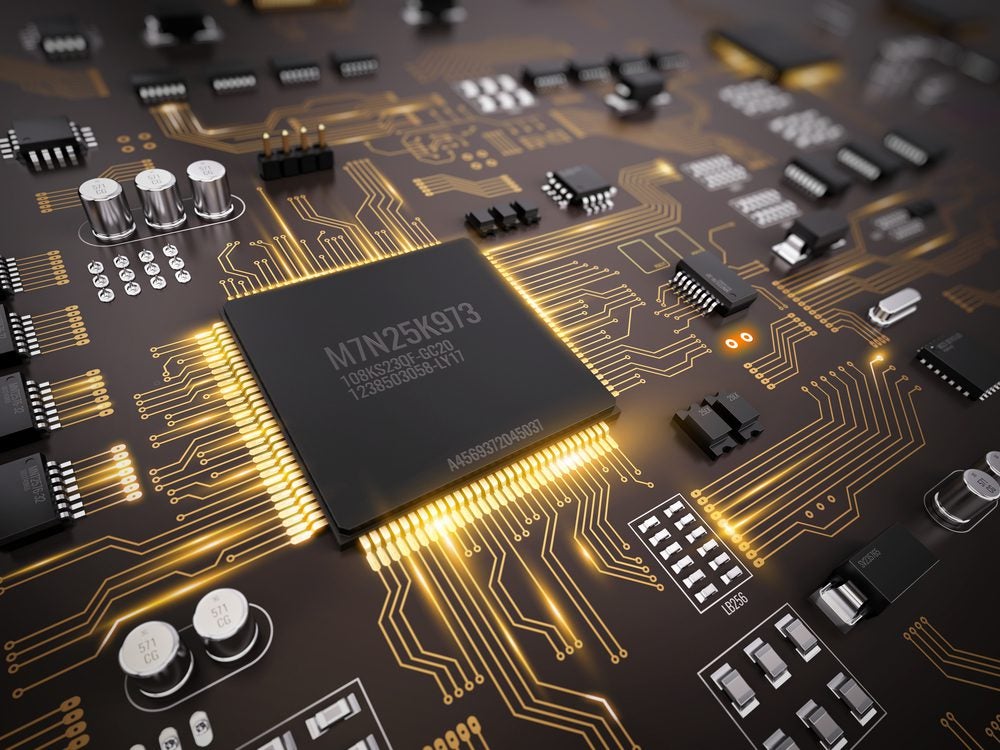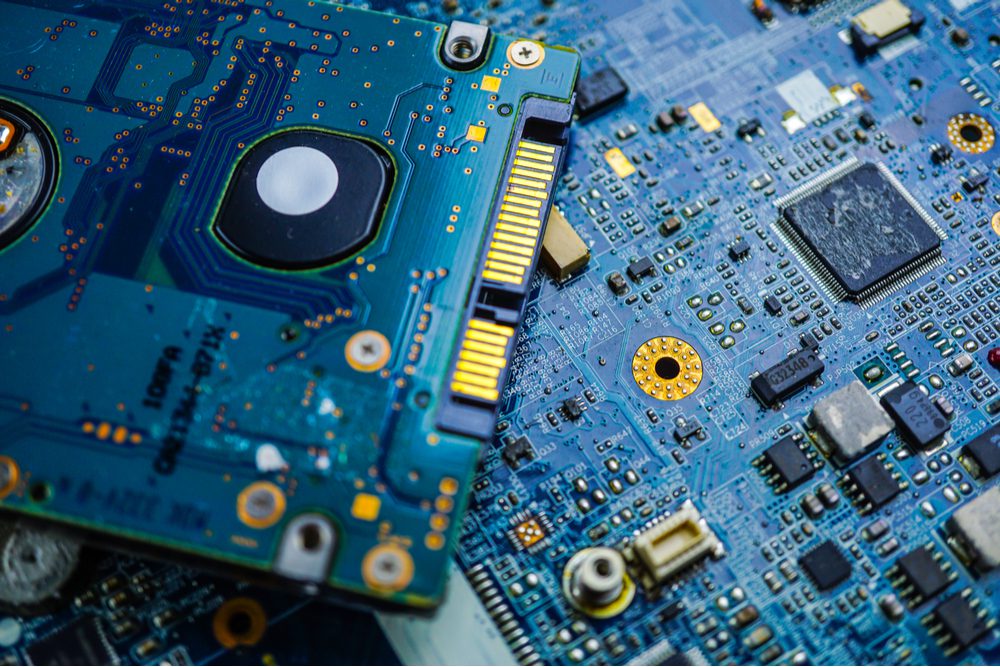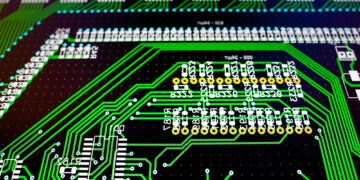
One of the biggest challenges to creating a PCB project is finding the right components. Most designers find electronic components online, but that comes with its own set of unique problems. Components and footprints available online are not always easy to access and the resources themselves might not be reliable. The internet can be an invaluable resource for PCB designers in many industries, but designers must always be vigilant to make sure their resources are reputable. Data analysis can help designers with that task, and prevent them from making costly mistakes when finding electronic components online.
How Can Designers Find Electronic Components Online?
Finding electronic components online is deceptively easy. In theory, all one has to do is put a component name into a search engine, which then returns a list of distributors carrying the component they need. This is precisely how a search works, but a simple web search doesn’t know how to filter out disreputable suppliers, outdated results, or components that may not be suitable for a designer’s needs. This means searching for electronic components online has to be an active process. A successful search requires the designer to think critically about the components presented to them by a search engine, and often requires research on topics a single search won’t find.
Designers must navigate two major hurdles when searching for electronic components online. First, they must find components and other resources that are easy to access. Second, they must find components and resources composed of high-quality information. It is a persistent problem—components that are easy to access are often low-quality. Predatory suppliers rely on a designer’s need for easy access to remain in business, and that can scare off some designers from using easily accessible resources. This leads to the false belief that one can only get high-quality components if they have a complicated acquisition process, forcing designers to pay high prices or maneuver through many unnecessary steps to get the components they need. While it is natural for a designer to balance quality with cost, high-quality components don’t always require sacrificing one to achieve the other.
Accessible Components Are Critical to the Success of a Project
The modern electronics community relies on open access to many resources, including hardware datasheets and international standards. A lack of access to components and PCB resources can stifle innovation and prevent the fabrication of great ideas. Although many in the electronics industry are pushing for greater availability, there are still some resources behind paywalls, so it will take more work to fully equip modern designers with easily accessible resources.
A major advantage of easy access for electronic components and resources is the ability for cross-referencing. Cross-referencing helps designers avoid costly mistakes in their designs, such as using outdated components, ordering the wrong sizes, or missing incompatibilities that would prevent an electronics project from working properly. A single search for electronic components online can find many variants of the same component, updates to components that may do slightly different things, or lines of similar components that seem identical on the surface. The only way to tell the difference between these components is to cross-reference their information with each other. Designers spend a lot of time doing this, but the more information they have, the more robust their design will be.
High-quality components and resources must be readily available for a successful online search for electronic components. If information about components is locked behind paywalls or expensive memberships, designers have a much more difficult time researching the components they need. This is of particular concern for hardware start-ups, which may have limited resources available to devote to costs like these.

How Does Data Shape Finding Electronic Components Online?
Data analysis during searches for electronic components online is crucial. From sourcing components to ensuring components function properly, data keeps a component search moving progressively towards the best parts for a project. It’s important to remember an electronics component search powered by data is not always linear—new data may completely change a design into something different. It can be difficult for designers to balance their expectations of what a design should be with the direction the data is telling them to follow. Information about supply chain disruptions, changes in costs, alternative components, or new technologies could all reshape a design before fabrication starts.
Designers often have a list of components they prefer to use for specific applications, especially when those components have worked well in the past. While it’s often a good choice to stay with components one knows is reliable, ignoring data at this point could prevent designers from finding better components. Component manufacturers sometimes release updated versions of components that are directly meant to address problems in their predecessors, so ignoring this data could force designers into using a more complex, less reliable component setup.
Since data analysis of components can quickly become complicated, artificial intelligence helps designers determine which pieces of data to pay attention to. From diagnosing fabrication problems to alerting designers of runtime problems before they happen, artificial intelligence can help designers make an informed decision concerning which components to use. Always remember, data must be taken from reputable sources—a small amount of high-quality data can tell a designer much more than a lot of low-quality data.

With a free library full of quality components, Ultra Librarian makes it easy to find electronic components online. Working with Ultra Librarian takes the guesswork out of preparing for your next great device, and puts your ideas on the road to success. Register today for free.








